

What makes the difference between a productive meeting and a time-sucking disaster? The people who took part.
Think about the monotone voice from the meeting podium or table — a drab PowerPoint presentation, and an old pot of stale coffee — those were the bad old days. If you’re still carrying on those meetings in your business — you’ll lose people. Today, it’s all about digital meetings on Zoom and quick, snappy meets with some great substance and updates. But, for sure, the same old staleness and mixed messages can creep in if you’re not focused on the right mix of people.
Meetings are not really something that everyone enjoys, but they don’t have to be torture.
Many businesses have joined the “anti-meeting movement, but for the rest of us, we have to have them. So what do you do?
When leaders conduct meetings poorly, they earn a negative reputation. On the other hand, a good session enhances productivity and makes it easier for team members to relate and collaborate. What makes the difference between a productive meeting and a time-sucking disaster? The people who took part. Conducting your meetings effectively is part of professional time management.
The three personalities listed below are the kind of people you want at every meeting since they naturally complement one another’s skills and keep their colleagues on track:
The leader defines
The leader defines the meeting’s tone and agenda. That leader also ensures that everyone participates. She understands how to delegate and listen, and she responds quickly in the event of a problem. These meetings can be a scheduling challenge.
A team player would ideally be one of many team players present and even presenting at the meeting. Individuals, on the other hand, often attend meetings with their own agendas, which pulls the whole meeting off track.
You may want to include at least one team member who is always solid and beneficial in adding energy and passion to the group as a whole, as one you want to make sure is in the meeting. This individual develops momentum by addressing projects as they come up and dealing with disputes as they happen.
It is the ideal person who is the creative mind type. That’s the one who brings new ideas and solutions to the table while working effectively with the team player to see thoughts through to completion.
On the other hand, people would better serve the meeting if the following four sorts of people were not present in the room:
The unfavorable
Nancy has a favorite statement that goes something like “this will never work.” A person’s ability to be realistic is one thing, but this individual seldom has anything meaningful to give.
The unprepared one asks questions that make it evident that he hasn’t done his homework. He cannot provide an informed viewpoint and wastes everyone’s time by acquiring facts that he should have gathered and studied in advance of the meeting.
The know-it-all believes she is in a one-on-one meeting with herself, with everyone else acting as her audience. She makes extensive comments on every topic, thereby drowning out the viewpoints of others.
The silent one may have brilliant ideas, but they never express them. This is not the kind of person who should be present at a brainstorming session or a planning meeting. Your “quiet, never talks” can really shut down the others. Be careful in including them.
When you bring together a group of people with a wide range of personalities, they will inevitably disagree at times. However, although conflict may be a terrific stimulant for advancement, interpersonal disagreements are unlikely to result in the next big idea for your organization. Conflicts like this almost always result in an off-topic meeting, and they offer fuel for workplace rumors. Cut these short.
Meeting in-person is not dead, by the way — although many want it this way. Some corporations, large and small, are making all in-person meetings mandatory once again. You’ll find that you will have better collaboration and creativity in your in-person meetings than you do if half of the team is on Zoom.
When people are in the same room, they can build rapport and relationships more easily, share ideas more freely, and develop more innovative solutions. When people see each other face-to-face, they get to know each other better and create a stronger sense of trust and camaraderie. This ultimately leads to a more positive work environment, as people feel more connected to their colleagues and their work, resulting in increased productivity and job satisfaction.
Someone mentioned a meeting where there was a disagreement about the characteristics of a product that included a team player and a technology expert. Rather than allowing the struggle to play out, the boss requested that everyone think about the matter objectively without taking sides and that those who were in disagreement reconsider the project’s purpose and how it aligned with the company’s vision.
Meetings Anonymous
A team member defined the issue, and the creative mind rushed in to collaborate with the technical person to figure out how the group might meet the product’s requirements. An unpleasant and fruitless meeting transformed into a chance to concentrate on the overall aim as a result. This was a best-case situation in every way.
Structure your meetings around 30-minute time limitations to prevent unpleasant confrontations. In the face of a tight schedule, there’s limited space for contrasting personalities to co-exist. We often have 20-minute meetings, but no more than 30.
If any disagreements arise in your meeting, divert the topic so that the meeting may conclude on schedule. To achieve this aim, create a “no-criticism zone” and urge team members to accept and respect differing points of view. Some organizations have a policy that ensures that everyone’s viewpoint is heard and considered: a healthy amount of disagreement is beneficial. Personal assaults, on the other hand, are strictly prohibited. This develops a courteous tone and helps to alleviate unproductive stress.
Conclusion
Finally, remind your team members to keep their disagreements to themselves while on the job. Although no organization has a staff or team that is perfectly pleasant at all times, personal conflicts should not disturb a meeting. If a personal issue arises, gently remind people concerned that they will need to deal with it after the meeting has concluded.
Meetings may be made or broken by the presence of the appropriate individuals. If you put together the right team, you’ll be able to feed off one another’s enthusiasm and work together to propel the firm ahead. That doesn’t rule out disagreements in the future; nevertheless, the appropriate group will negotiate the argument with dignity and remain focused on what’s best for the organization. So whether it’s Zoom or in-person, get your meeting mix right!
Featured Image Credit: Photo by Rodnae Productions; Pexels; Thank you!


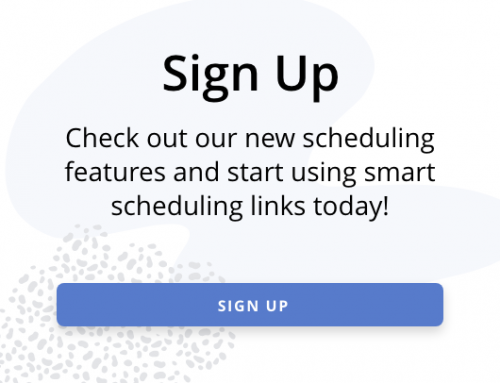



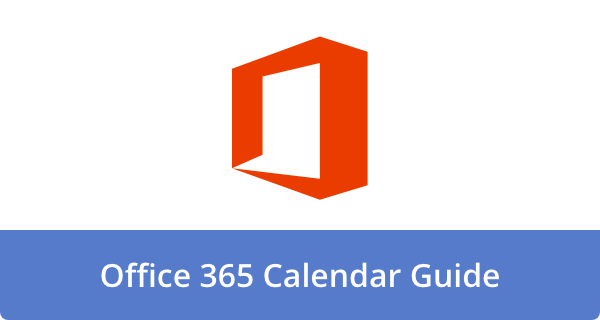
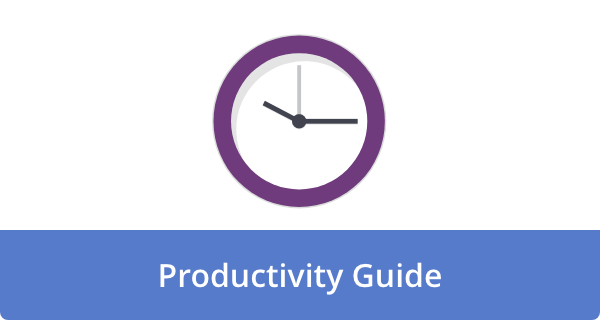
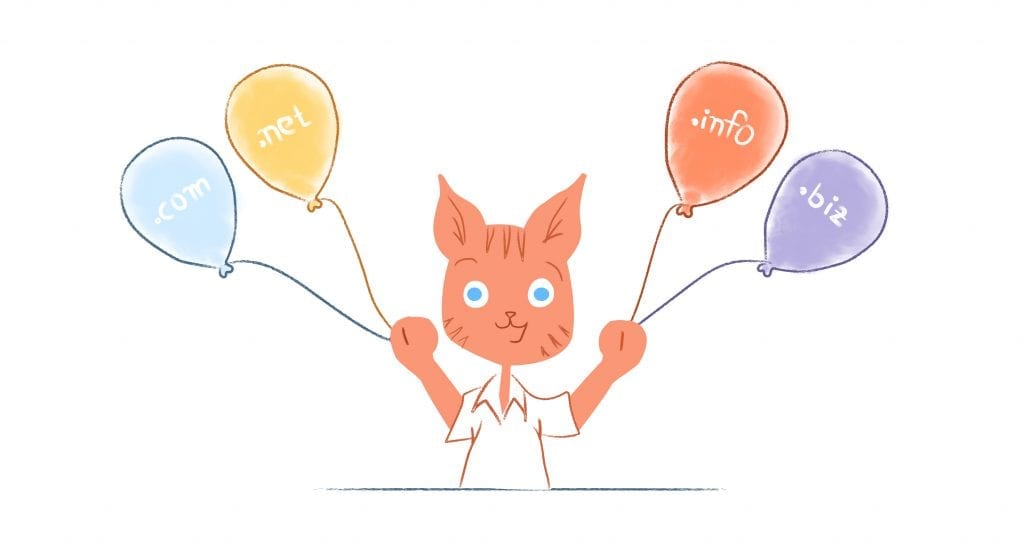

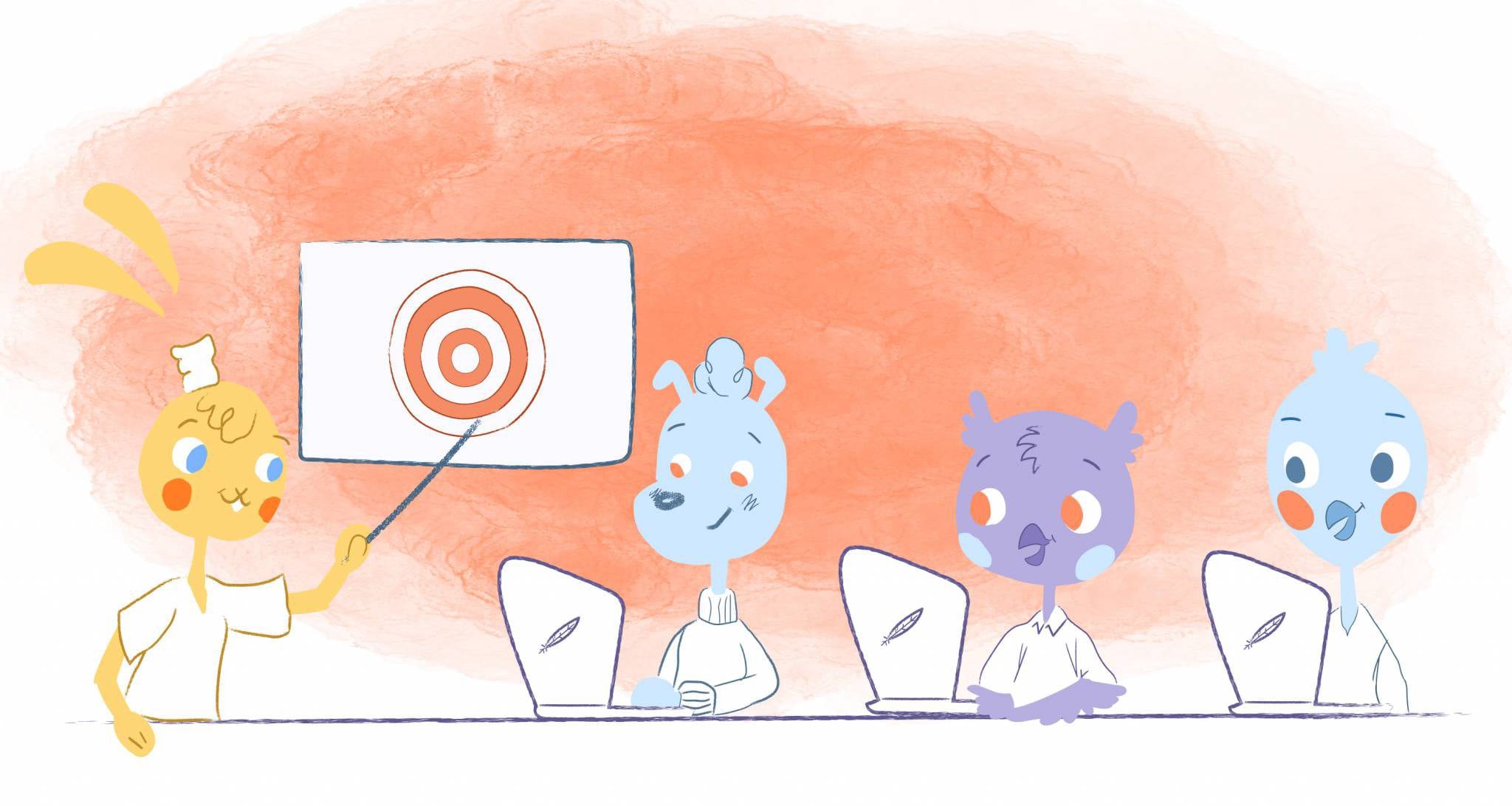
Angela Ruth
My name is Angela Ruth. I aim to help you learn how Calendar can help you manage your time, boost your productivity, and spend your days working on things that matter, both personally and professionally. Here's to improving all your calendars and becoming the person you are destined to become!